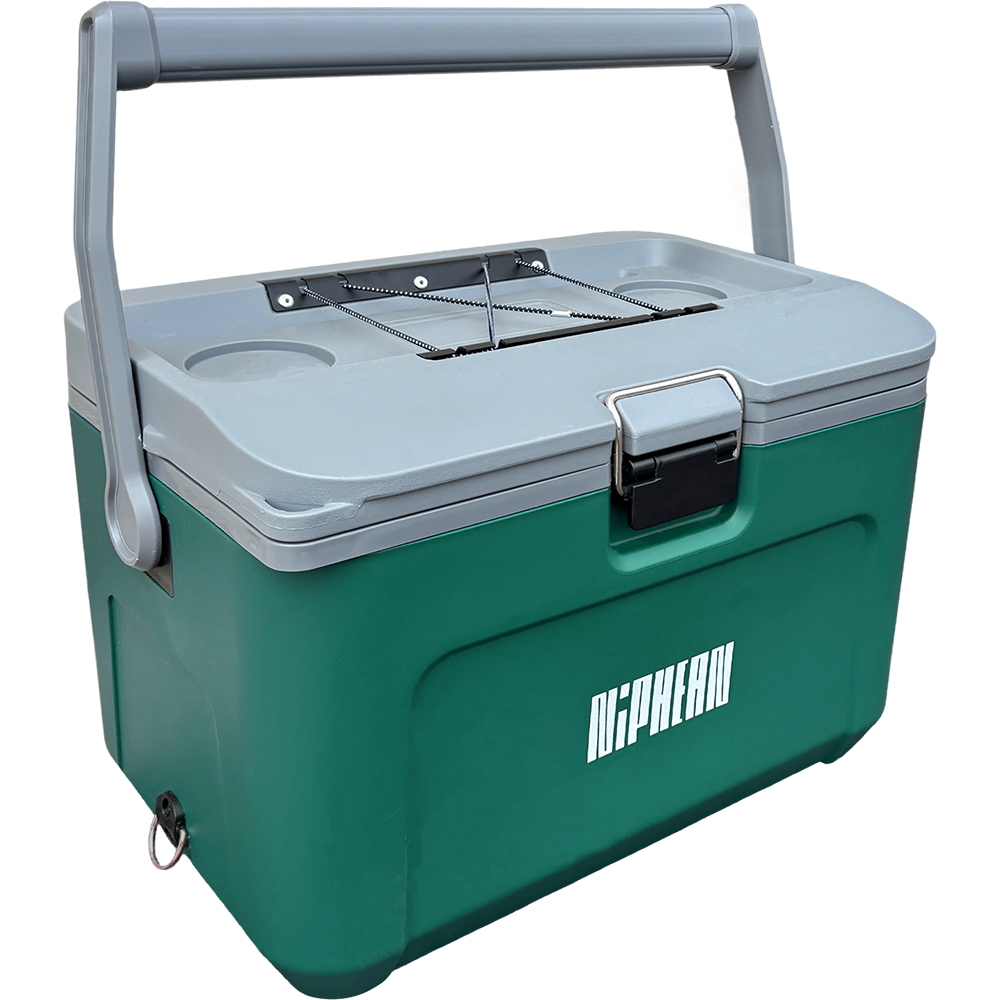- No products in the cart.
How to Read Water Currents Tides
Sep 03, 2025
Navigating water currents and tides is crucial for safe and enjoyable paddleboarding. Understanding these natural forces allows paddlers to plan routes effectively, avoid hazards, and make the most of their time on the water.
Understanding Water Currents and Tides
What Are Water Currents?
Water currents are continuous movements of water caused by various factors, including wind, water temperature, salinity differences, and the Earth's rotation. They can be classified into:
-
Surface Currents: Driven by wind and affecting the upper layers of the ocean.
-
Deep Water Currents: Caused by differences in water density and temperature.
-
Tidal Currents: Result from the gravitational pull of the moon and sun, leading to rising and falling water levels.
The Role of Tides in Paddleboarding
Tides are the periodic rise and fall of sea levels caused by the gravitational forces exerted by the moon and sun. They influence water depth, current strength, and accessibility of certain areas. Understanding tides is essential for:
- Timing Your Paddle: Avoiding strong currents or low water levels.
- Choosing Launch Points: Ensuring safe entry and exit points.
- Planning Routes: Maximizing efficiency and safety.
How to Read Water Currents and Tides
1. Observe the Water Surface
Pay attention to:
- Debris Movement: Floating objects can indicate current direction.
- Water Ripples: Small waves can reveal current flow.
- Foam Patterns: Accumulation of foam can show water movement.
2. Monitor Water Resistance
Feel for changes in resistance as you paddle:
- Increased Resistance: Paddling against a current.
- Decreased Resistance: Paddling with the current.
3. Consult Tide Charts
Use reliable sources to check tide times and heights:
- NOAA Tides & Currents: Provides detailed tide information.
- Windy.com: Offers maps of tides, winds, and currents.
4. Understand Slack Tide
Slack tide is the period between high and low tide when water movement is minimal. It's an ideal time for paddling, as currents are weak, and water conditions are stable.
⚠️ Safety Tips for Paddling in Currents and Tides
- Wear a Personal Flotation Device (PFD): Always wear a PFD for safety.
- Use a Leash: Prevents your board from drifting away.
- Stay Informed: Check weather forecasts and tide charts before heading out.
- Paddle with a Buddy: Always paddle with someone else for safety.
- Know Your Limits: Avoid paddling in strong currents or unfamiliar areas.
Choosing the Right Paddle Board
Selecting the appropriate paddle board is essential for navigating currents and tides effectively. Consider the following factors:
- Board Type: All-around boards are versatile for various conditions.
- Board Size: Larger boards offer more stability; smaller boards are faster.
- Material: Inflatable boards are portable; hard boards offer better performance.
For a range of paddle boards suitable for different conditions, visit Niphean Paddle Boards.
Final Thoughts
Understanding and reading water currents and tides are vital skills for paddleboarders. By observing water conditions, consulting tide charts, and prioritizing safety, you can enhance your paddleboarding experience. Always plan ahead and respect the power of nature to ensure a safe and enjoyable outing on the water.
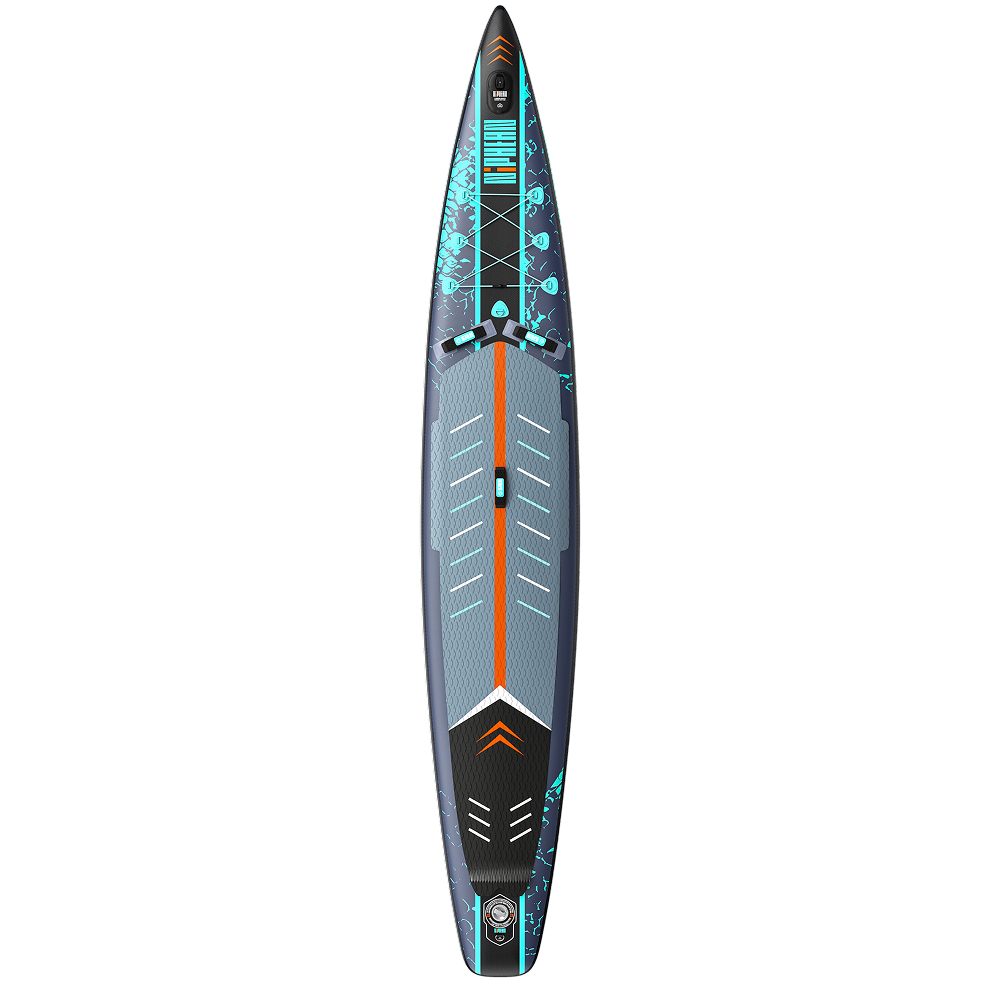
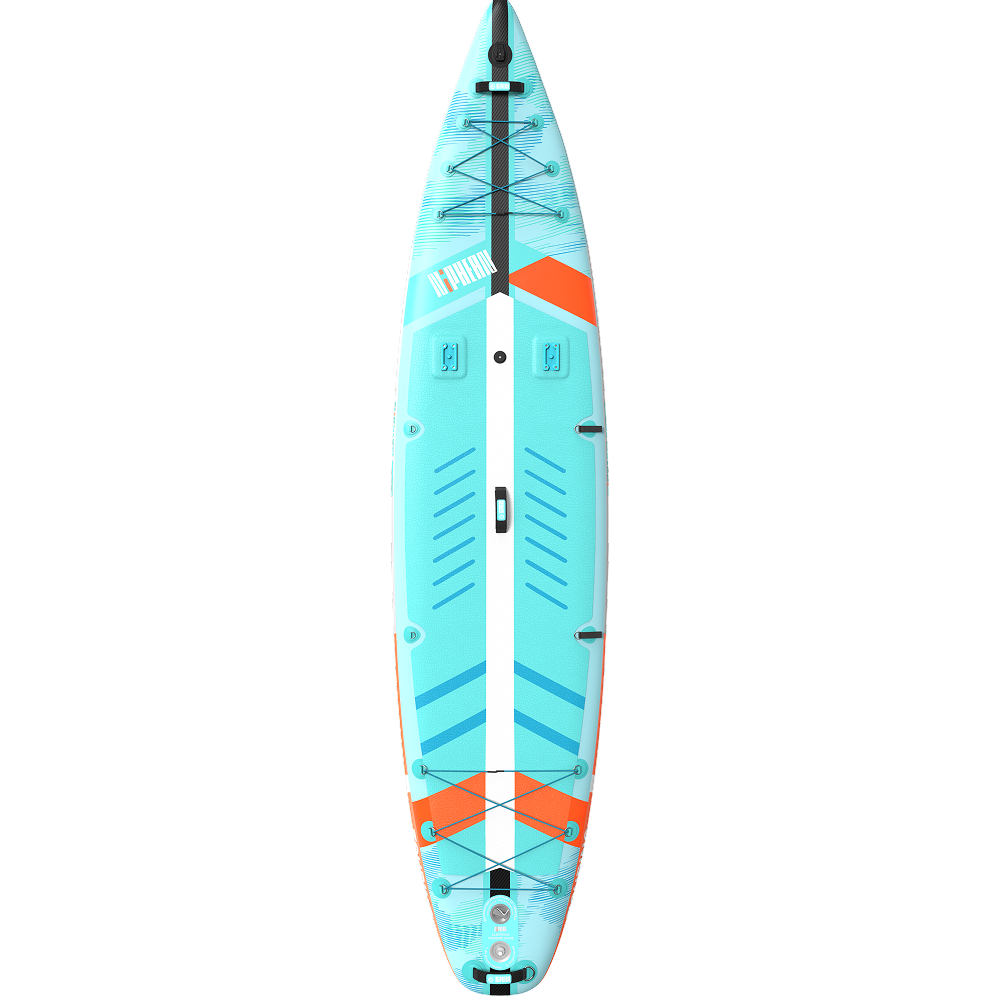
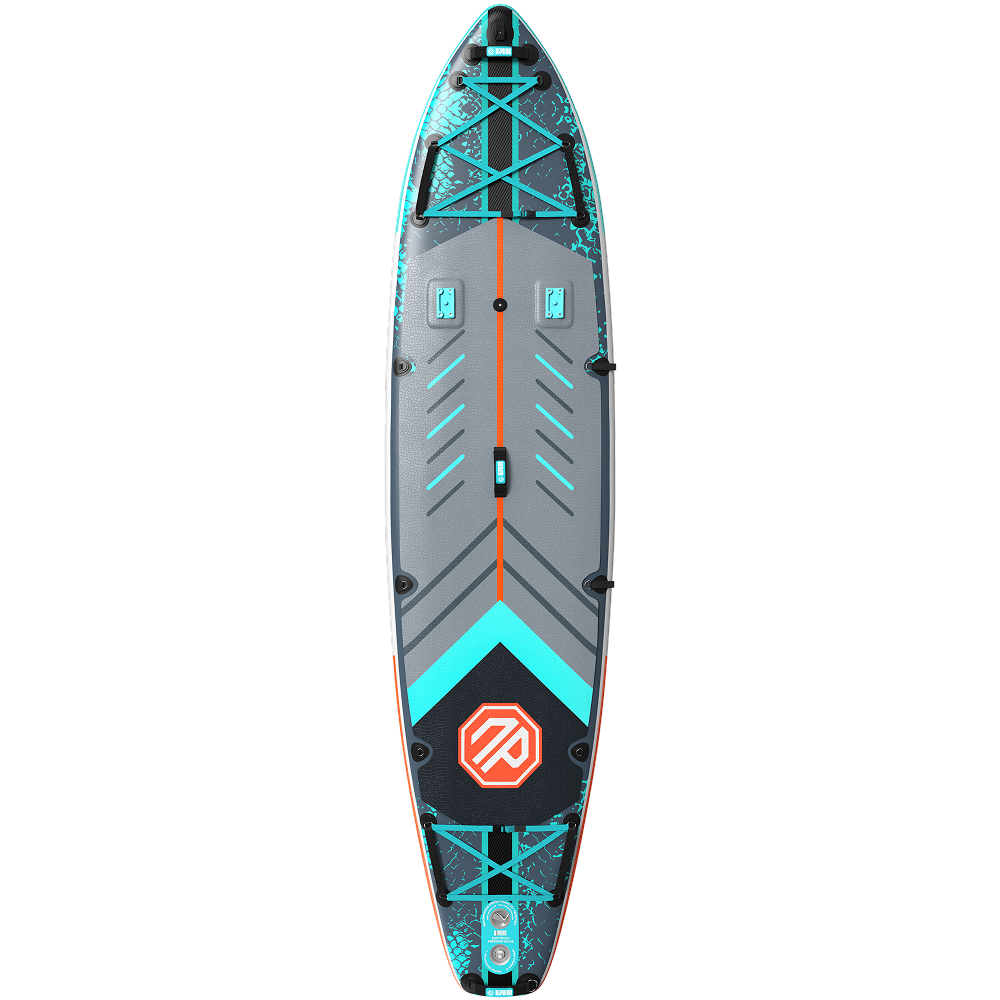
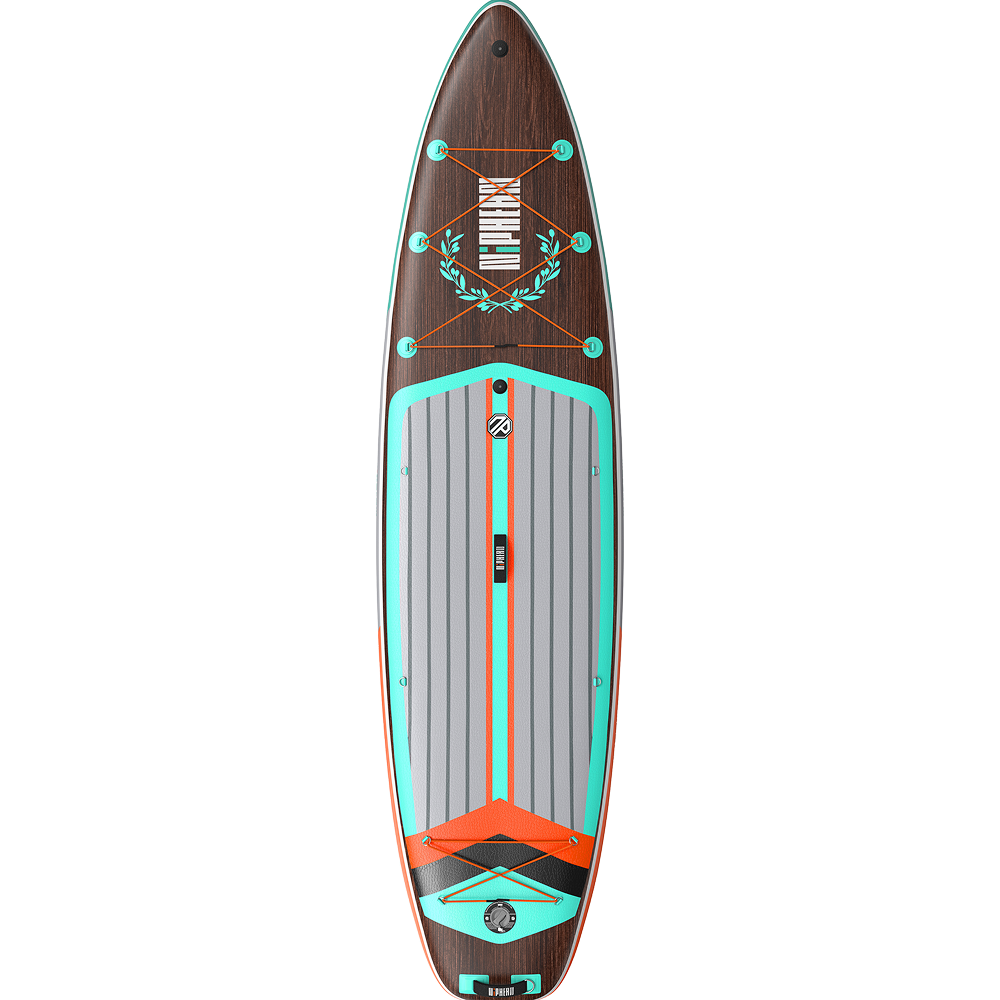
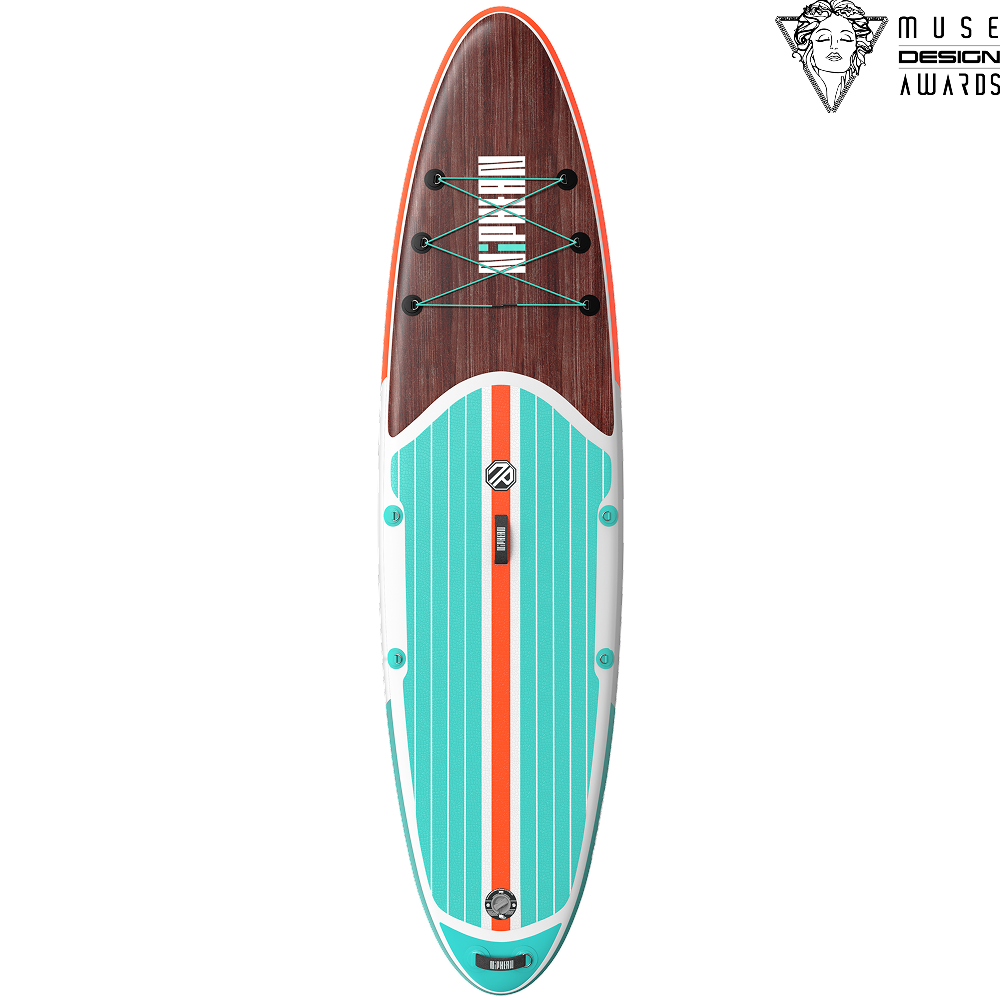
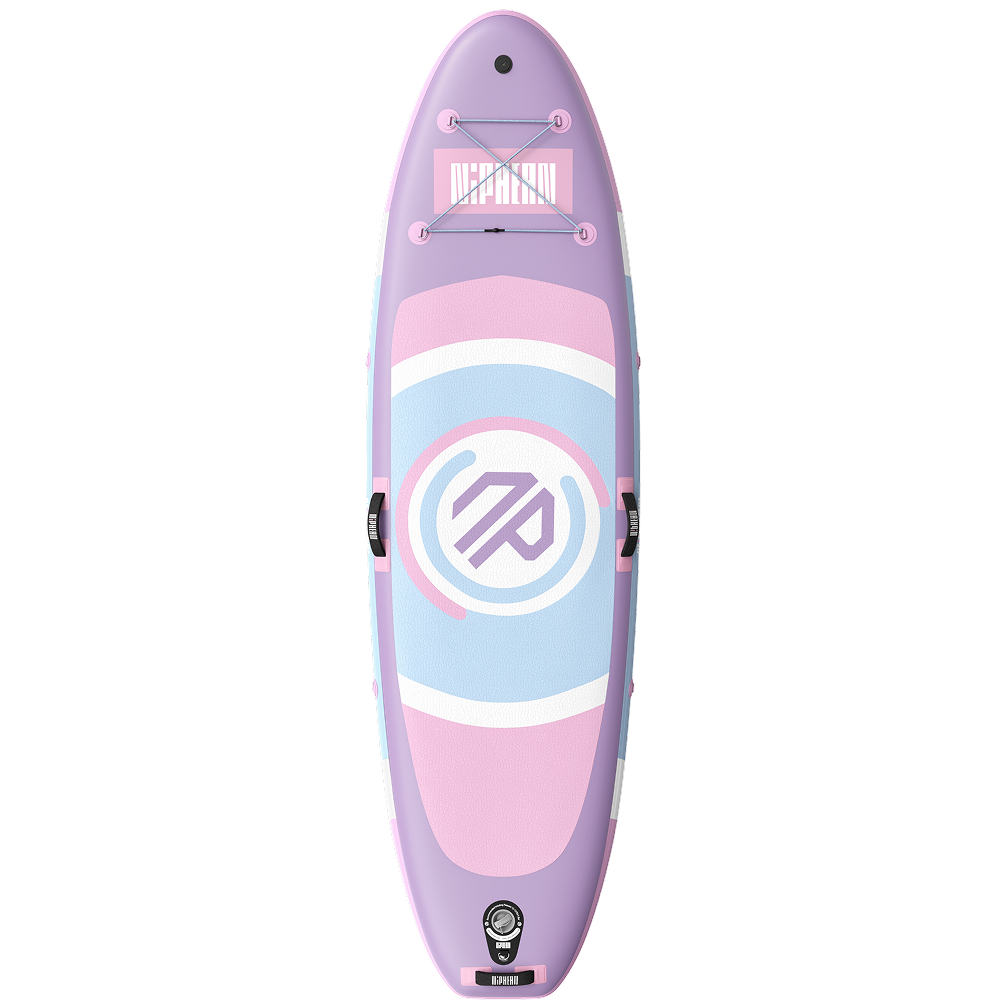






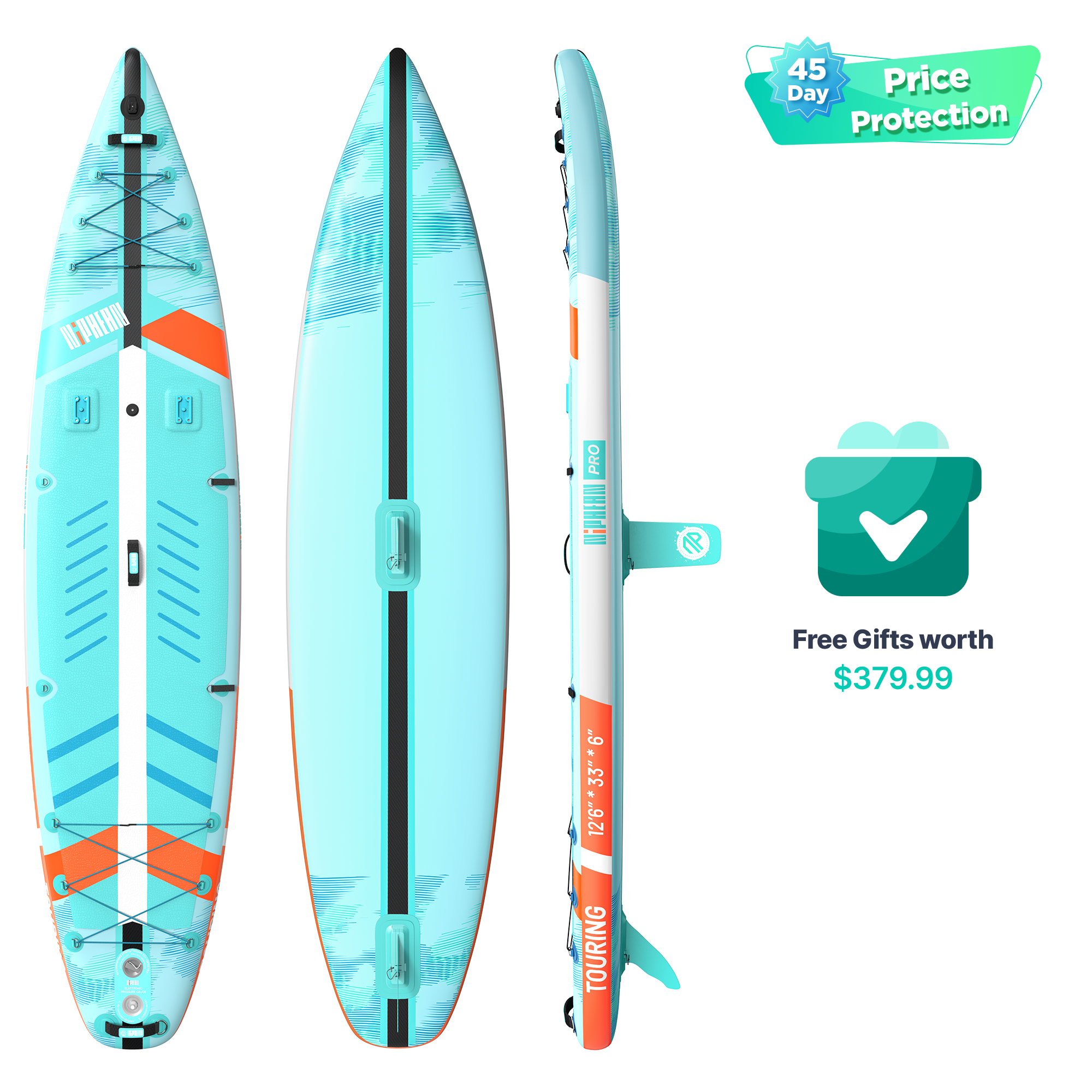
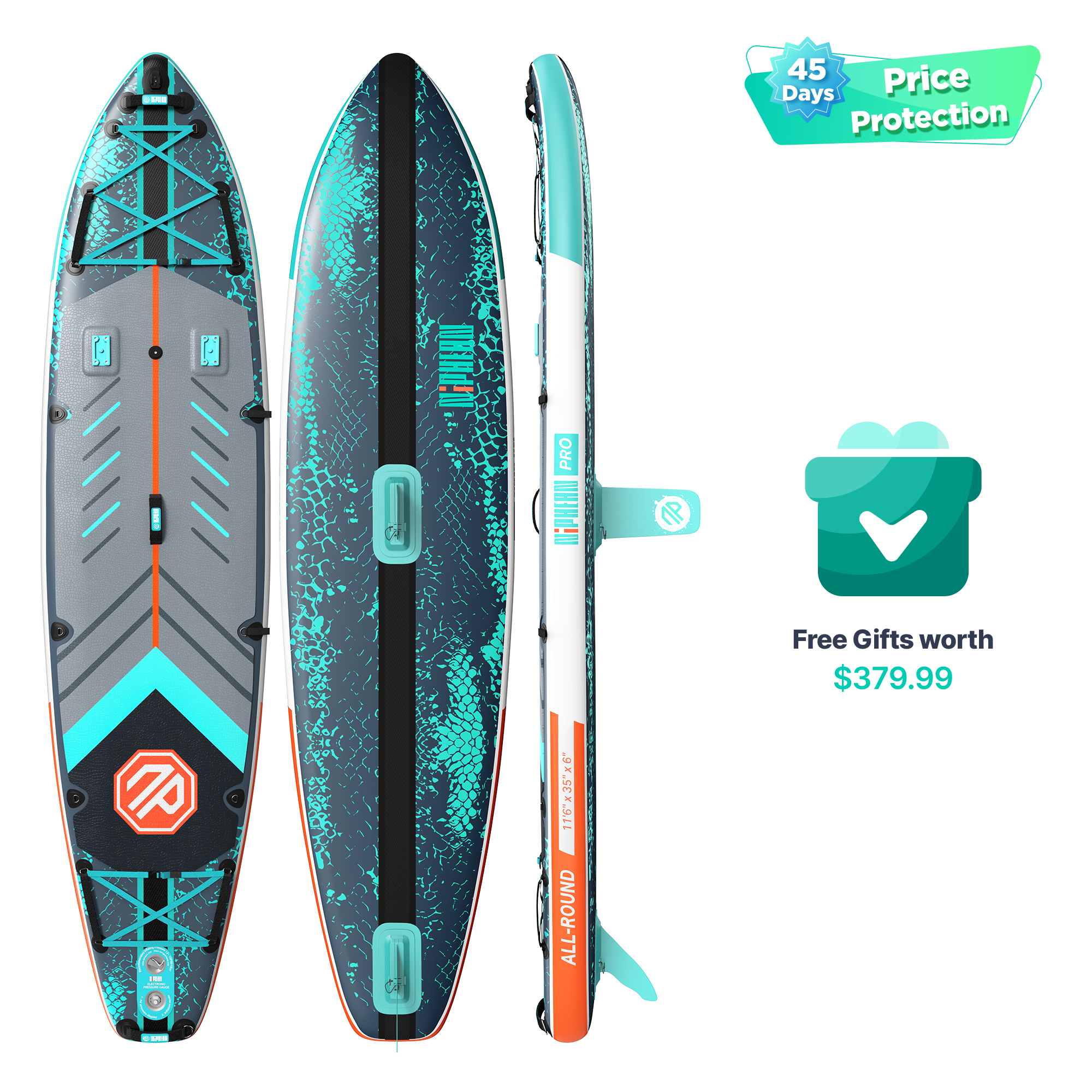
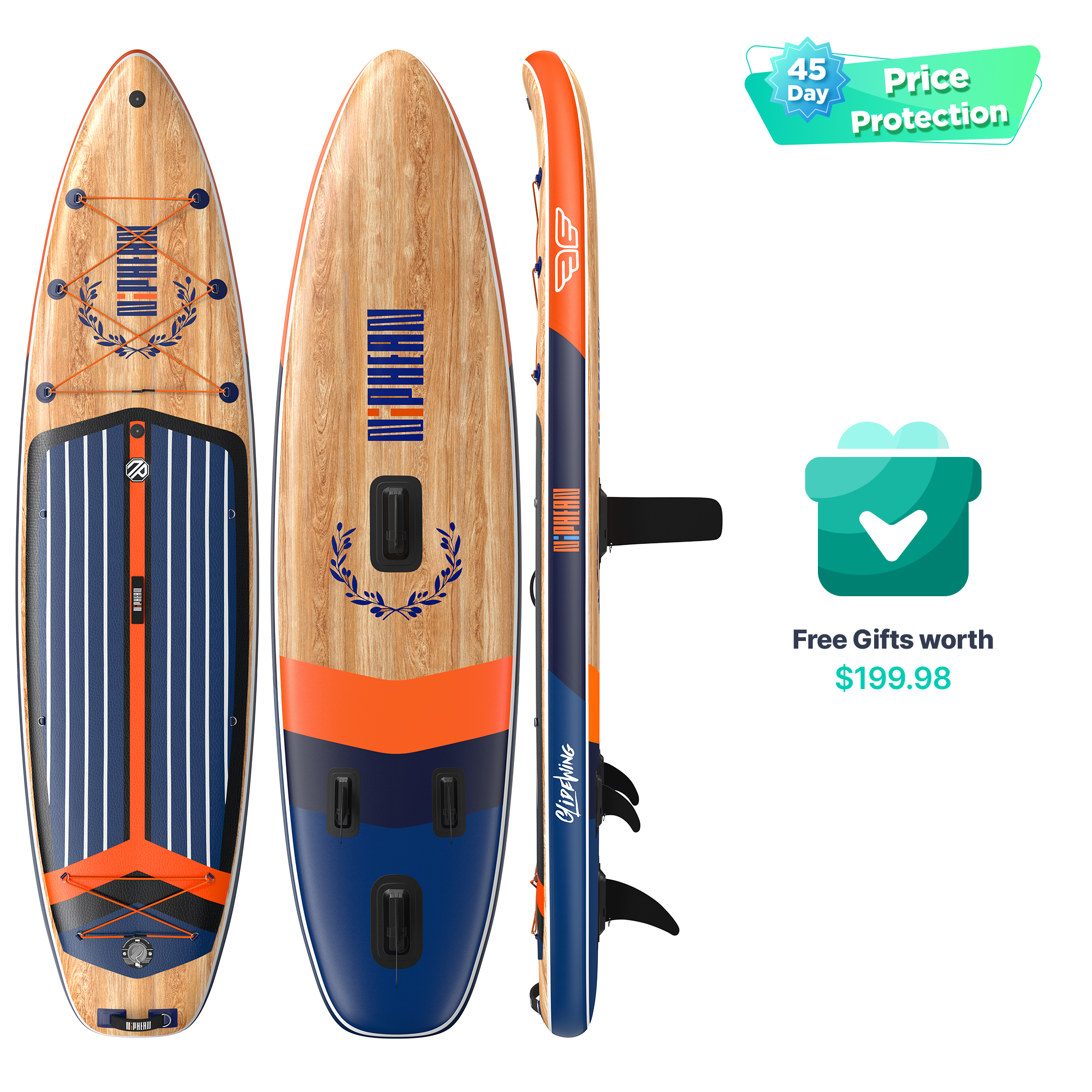
 Youtube
Youtube Facebook
Facebook Instagram
Instagram TikTok
TikTok